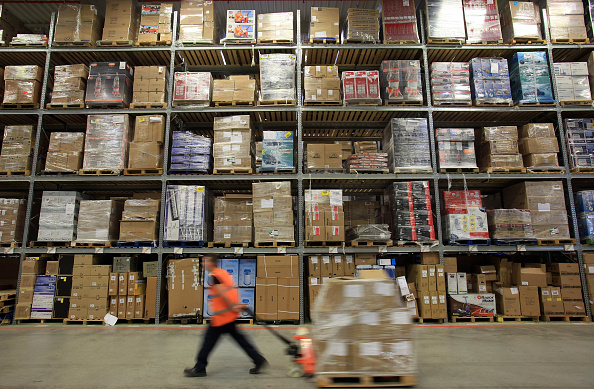Warehouse developments to double this year as retailers respond to online shopping demand

Warehouse space developments have boomed this year due to the rise of online shopping during the coronavirus pandemic, with the amount of sites set to complete in 2021 doubling compared to last year.
The latest research showed that 40m sq ft of warehouse space developments are scheduled for completion this year, compared to the 20m sq ft that was built in 2020.
The jump is due to long-term strategic planning by retailers in response to ecommerce growth, which has led to a surge in demand for space.
Much of the new space is already committed, with retailers and distribution companies opting for “built-to-suit” solutions, according to Knight Frank.
Vacant warehousing space is tight across the UK, with 46m sq ft of space currently available, representing 10 months’ worth of supply at current take up levels.
However, most of the space is in secondhand units that either do not have the right specifications or locations for retailers.
Ecommerce penetration rates reached a record 36.3 per cent in January this year due to the closure of non-essential stores and the accelerated shift to online shopping.
Warehouse take up exceeded 50m sq ft in 2020, compared to 34m sq ft in 2019, as retailers responded to the shift in demand by rapidly upscaling their online operations.
years and this growth is driving additional requirements for warehouse space.
Charles Binks, head of industrial and logistics at Knight Frank, said: “The robust forecast for online retail and increased competition for high-specification and well-located assets is driving development activity.
“Take-up over the past year has reduced the level of availability and Covid-19 has hampered construction, slowing the delivery of new stock to the market. Supply, particularly of high-quality space, has diminished.
“The level of occupier enquiries remains strong and many of the requirements logged last year have not been met. However, the availability of land or suitable sites remains a key constraint.”